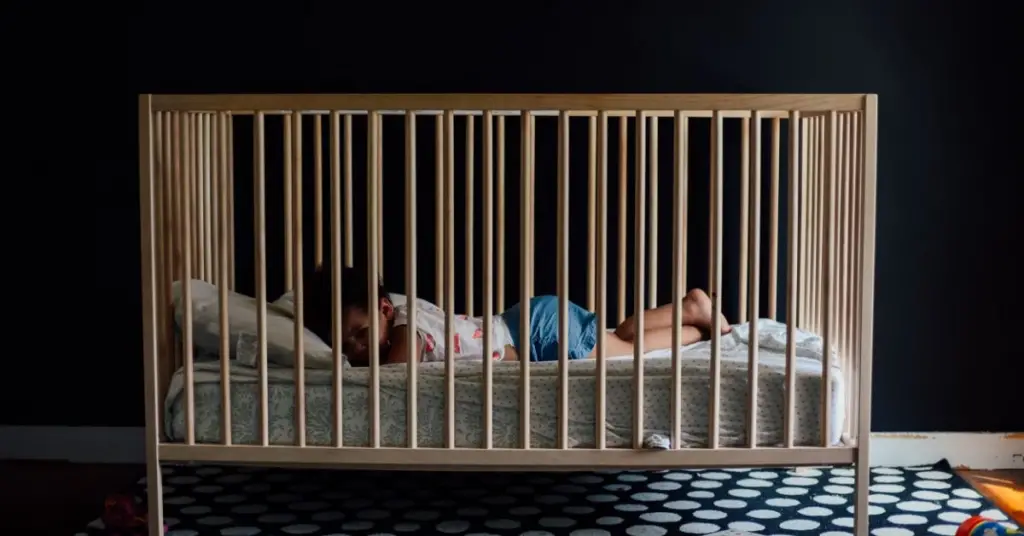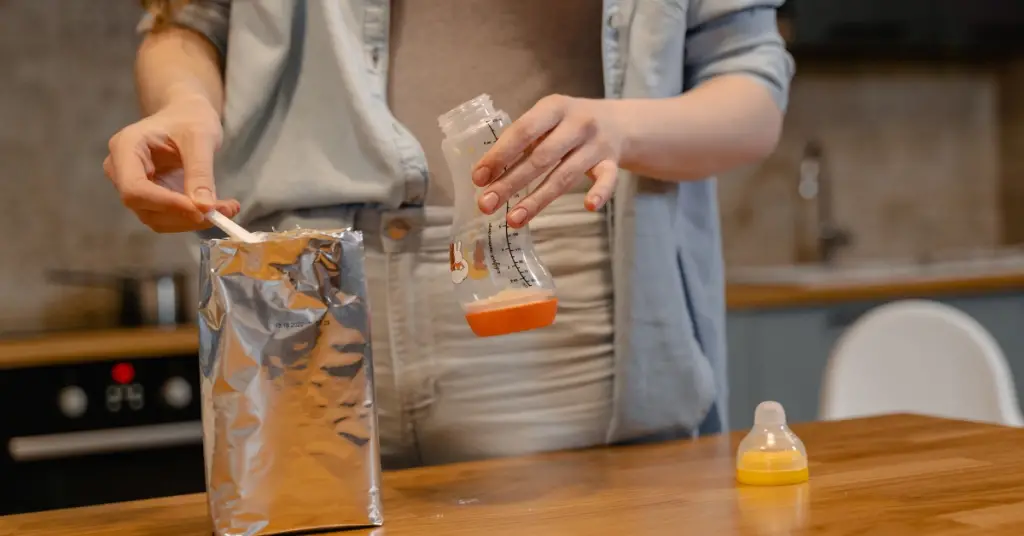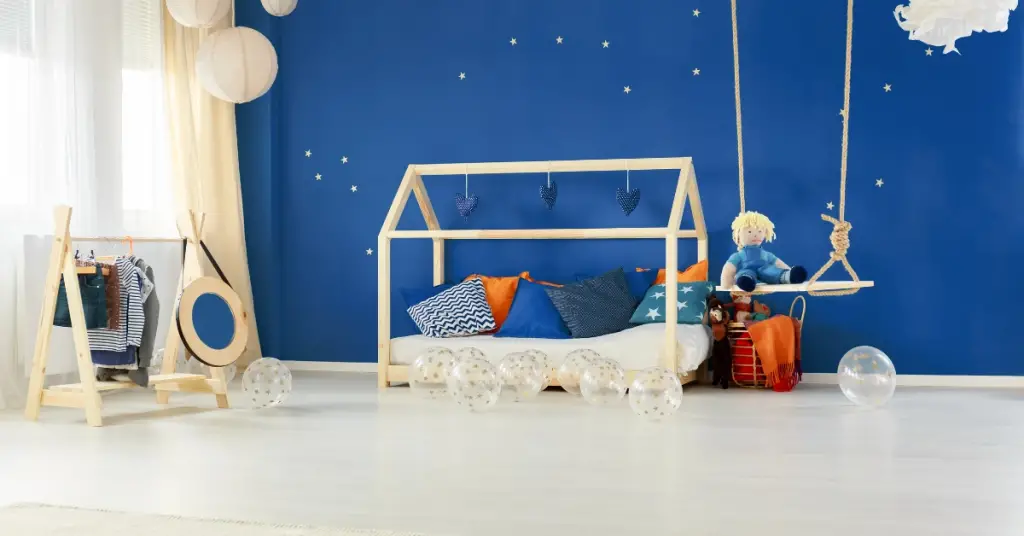Looking for ways to get static out of baby clothes? Here are the best natural methods I’ve found to get rid of it. Check out more helpful articles from babycious too!
The products mentioned on this page were independently selected by Babycious editors. As an Amazon Associate, Babycious may earn a commission from qualifying purchases.
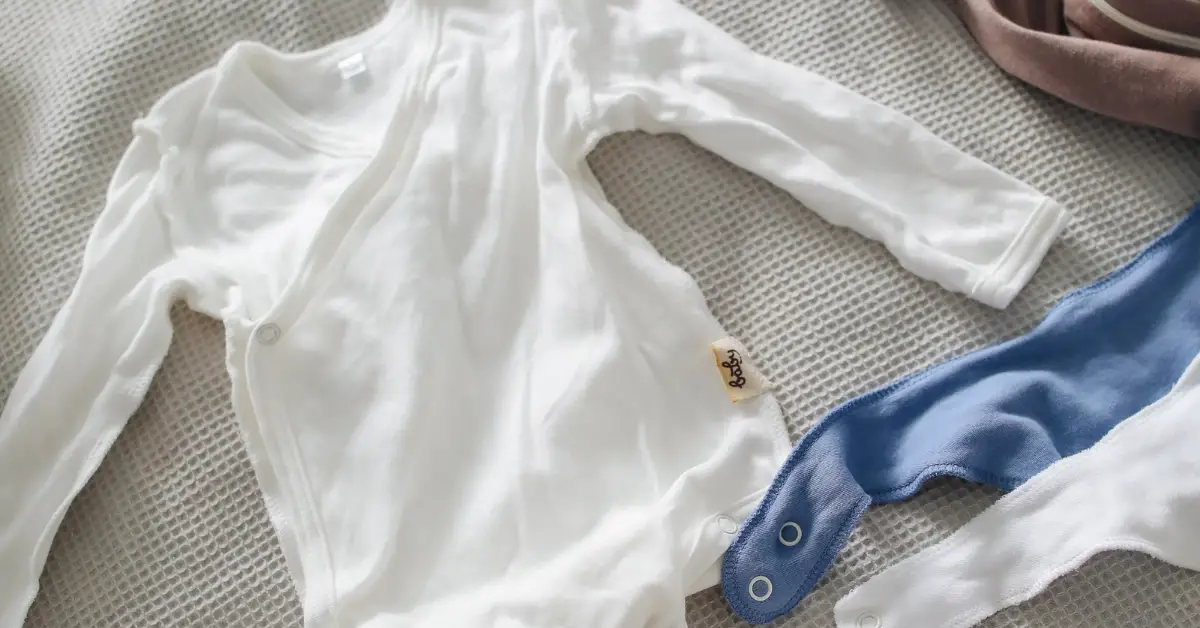
Babies sure do create a lot of laundry! One of the things that used to annoy me the most when doing laundry, especially in the winter, was the static that builds up on baby’s clothes and makes them come out all sticking together.
Synthetic fabrics like fleece are the biggest culprits when it comes to static. Every time I washed fleece blankets and pajamas, they used to come out all staticky and stiff. It was terrible! And I knew early on that using fabric softener or dryer sheets was a big no-no for baby clothes (scroll down to know exactly why), so I started experimenting with natural alternatives to get rid of static on baby clothes.
So without further ado, here are the most effective and natural ways I’ve found for getting rid of static from baby clothes:
#1: Use Wool Dryer Balls
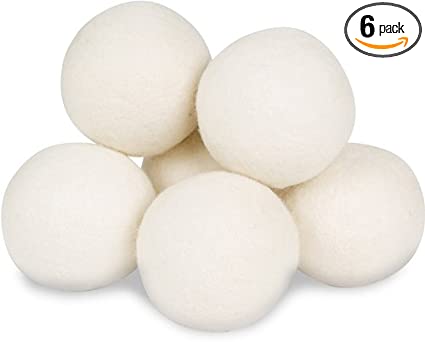
Wool dryer balls are one of the most effective and chemical-free alternatives to dryer sheets for getting rid of static from clothes. They work by bouncing around in the dryer and agitating/separating the clothes, which helps to get rid of the static, and they also reduce your drying time, so they save some energy down the line as well.
The great thing about wool dryer balls is that they won’t interfere with the flame resistance or absorbency of your cloth diapers and towels. I’ve been using them for a few months now and they’ve worked great for me! And I feel like the pack of 6 balls that I have will last me forever essentially.
These wool dryer balls are my favorites because they are big and hold up their shape quite well, and they don’t make noise when you’re using them in the dryer, unlike other dryer balls that unravel quickly and sound like tennis balls banging around in the dryer.
#2: Use White Vinegar
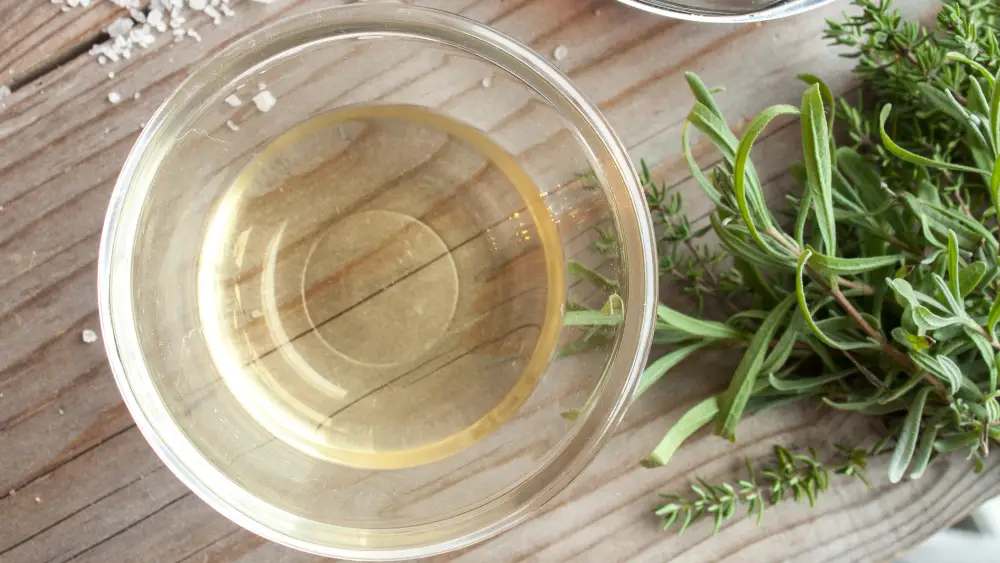
You may already know that vinegar is just an awesome item to have handy in your home anyways, and it’s especially great for getting rid of static and softening your baby’s clothes naturally.
To use vinegar to help with static in your baby’s clothes, just place a one-quarter cup of white vinegar in the fabric softener dispenser in your washer to be used in the final rinse cycle of your wash. It’s also a great alternative to commercial fabric softeners for your normal loads as well and it will keep your washer clean and smelling fresh.
If you want to add some fragrance to your baby’s clothes, you can do it naturally by adding a few drops of your favorite essential oil to your gallon of vinegar.
If you’re concerned about the smell, don’t be! Using vinegar as your fabric softener won’t make your baby’s clothes smell of vinegar and it’s actually better than store-bought fabric softeners because it also cleans out the detergent build-up in your washer.
#3: Use Baking Soda
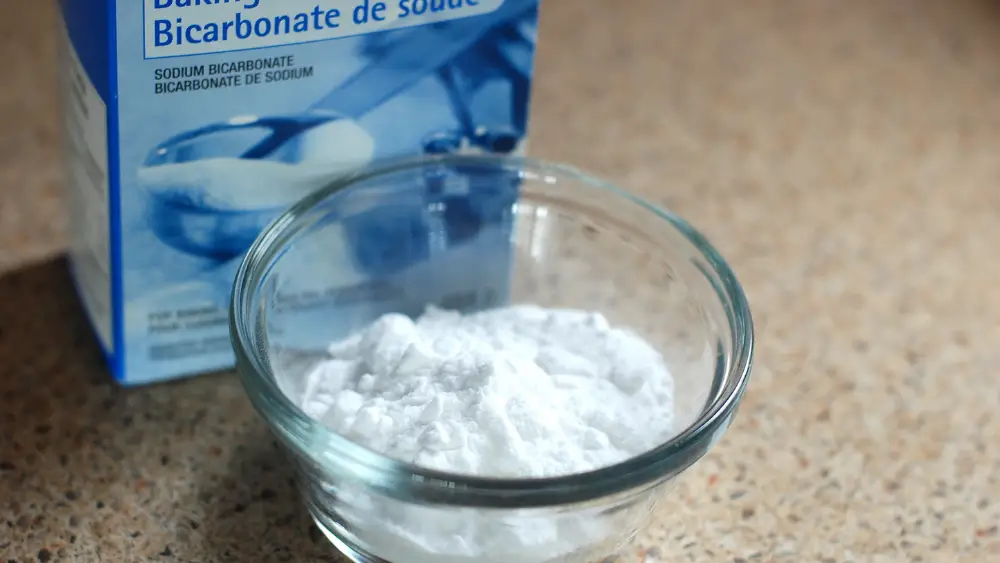
Baking soda is another one of those miracle items that you should always have in your home. It’s great for getting rid of static on clothes, as well as deodorizing and cleaning.
To use baking soda, add one-half cup of baking soda to the wash cycle along with your regular detergent. You can also dissolve one-half cup of baking soda in some warm water before adding it to the washer directly with your baby’s clothes.
If your baby has eczema or is extra sensitive to other laundry products, using baking soda as a fabric softener might be a great option!
Baking soda will freshen up your laundry load and get it extra clean and fresh-smelling. It’s also gentle enough for use on baby clothes and it can help to get rid of any lingering odors on them as well.
Read Also: How many receiving blankets do you need? +11 Uses
#4: Use Balls of Aluminum Foil
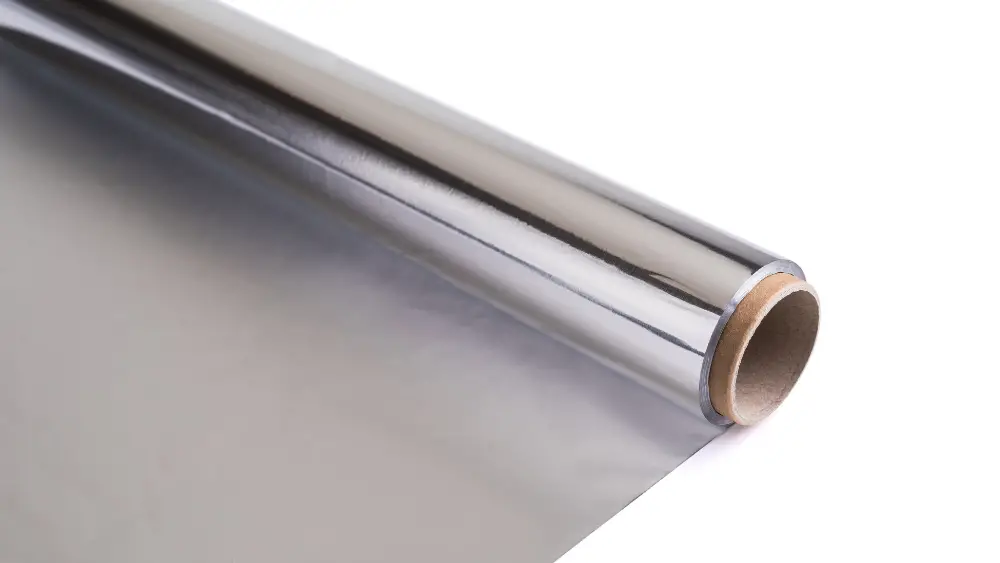
While you’re waiting for your wool dryer balls order to arrive, you can do this little DIY hack shared by Lifehacker. It consists of using aluminum foil as dryer balls.
To use aluminum foil for removing static from your baby’s clothes, tightly roll up balls of two to three inches in diameter and throw them in the dryer along with your baby’s wet clothes. If you have very large loads or you’re drying large blankets of comforters, it’s best to use at least 3 balls of aluminum foil for this hack to be effective. And you can use them over and over again.
Personally, I prefer using the wool dryer balls, because the aluminum foil balls tend to ball up tightly and seem to lose some of their static combating effectiveness. Also, traces of Aluminium can transfer to your baby’s clothes during drying which is less than ideal. So, I would only recommend using this hack as a temporary solution.
#5: Try Adjusting Your Dryer Settings
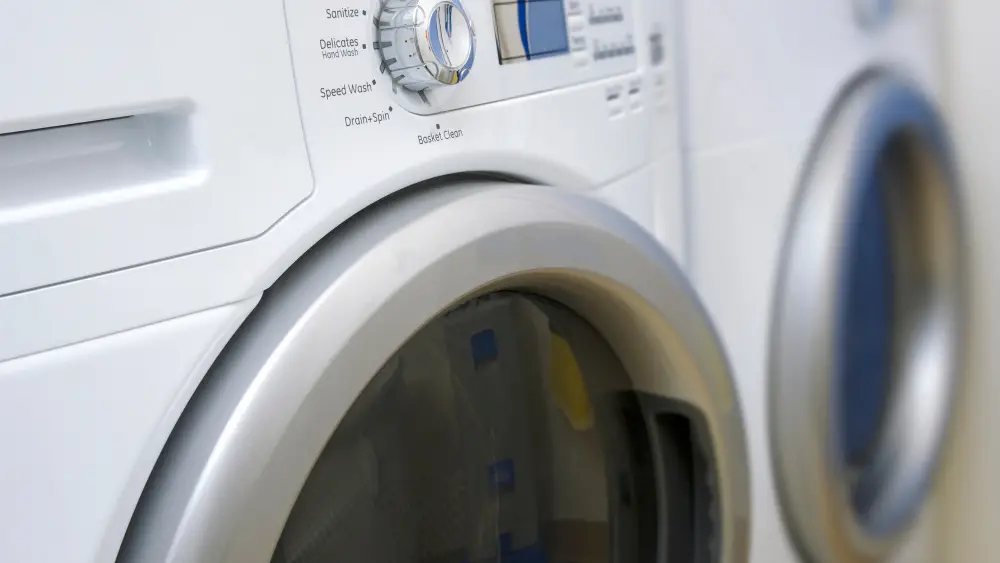
The static in your baby’s clothes might also be caused by the dryer itself if the clothes are over-drying! That’s because when the dryer runs longer than it needs, it keeps rubbing dry clothes together for longer and it creates even more static. If this is the case, you can try adjusting the settings to see if that helps.
If your dryer is set to high heat, it could be causing more static in your baby’s clothes. Try turning the heat down a notch or two and see if that makes a difference. You might also try cutting down your drying time. I’ve found that clothes generally have a lot less static if I keep an eye on the dryer and don’t let them dry any longer than they need to.
One other thing I like to do whenever I have time and the sun is out is to pull out baby’s larger blankets and comforters earlier when they’re about 90% dry and hang them on the line for about an hour to finish drying. Sunshine is also great for removing all sorts of stains (especially poop stains) from baby’s clothes so you might want to take advantage of air-drying in the sun whenever possible.
Read Also: Do You Need Baby Hangers?
Why Dryer Sheets and Fabric Softener Are Bad for Your Baby’s Clothes?
While using dryer sheets and fabric softeners are the easiest ways of getting your clothes soft and static-free, they are not safe to use for your baby’s clothes. Here’s why:
- Dryer sheets and fabric softeners wear down the flame-resistant properties of your baby’s clothes over time. The flame retardant properties in your baby’s clothes are there to protect children from getting burned and to self-extinguish in case they catch fire from a candle or another source of heat.
- They can also leave a residue on your baby’s clothes that can be harmful to your baby because it’s in direct contact with the skin and if they were to ingest it. That’s especially problematic if your baby suffers from eczema or has sensitive skin.
- They also contain a lot of chemicals that make them super effective in what they are designed for but can be harmful to your baby because they can absorb small amounts of them through their mouth and skin. Some of these chemicals include Triclosan (a hormone disruptor that is also an antibiotic agent), phthalates (typically part of the fragrance ingredients), and benzyl acetate (a chemical linked to pancreatic cancer).
- They also contain several neurotoxins that may interfere with your baby’s nervous system. These neurotoxins destroy the nerve tissue and are overall harmful to your baby’s health and development.
Related: 6+ Best Crib Sheets for Baby with Eczema
Bottom Line
If you’re looking for an alternative to using dryer sheets and fabric softener, try one of the methods mentioned above! They are all gentle, natural, and effective at removing static from your baby’s clothes.
If you have any other tips or tricks on how to get static out of baby clothes, please share them in the comments!
The purpose of this article is informative and educational only. It’s not a substitute for medical consultation or medical care. We do not accept any responsibility for any liability, loss, or risk, personal or otherwise, incurred as a consequence, directly or indirectly, from any information or advice contained here. Babycious may earn compensation from affiliate links in this content.
